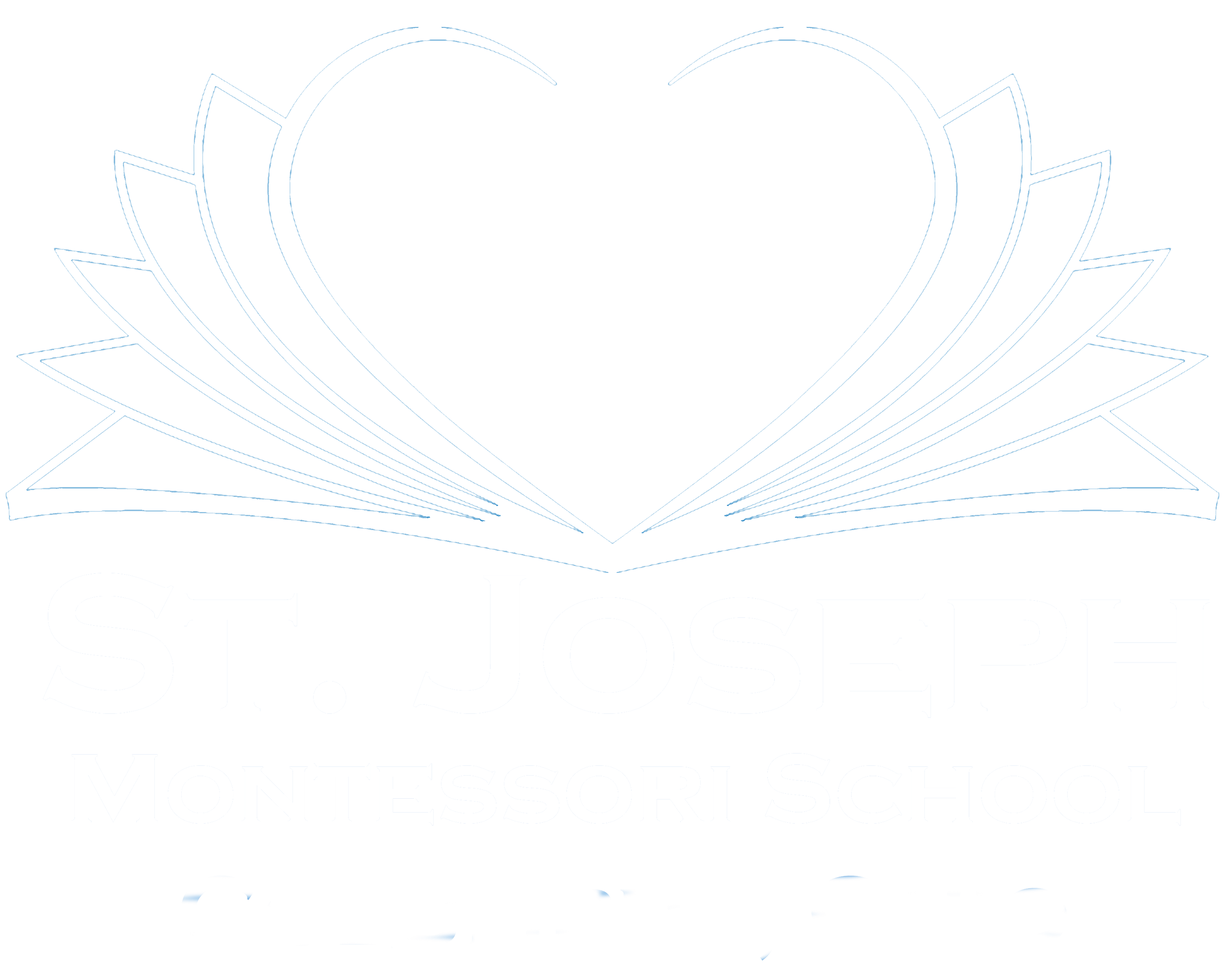Practical Life and Purpose
By Middle School Teachers, Bill Reed & Sarah Weber
Seventy years ago, Maria Montessori said this about the Practical Life Curriculum:
“When we speak about the behaviour of men and animals, we refer to their purposeful movements. This behaviour is the centre of their practical life. It is not just the practical life in a house, cleaning rooms, watering plants, etc., that is important, but the fact that everyone in the world must move with a purpose and must work, not only for himself but also for others. It is strange that man's work must also be work in service of others; if this were not so, his work would have no more meaning than gymnastic exercises. All work is done not only for ourselves but also for others. Even...dancers, who perfect their movements with so much trouble and fatigue, dance for others. Tailors who spend their lives sewing could not wear all the clothes they make themselves. Yet tailoring, like gymnastics, requires lots of movements.
"If you have a vision of the cosmic purpose, that every life in the world is based on this movement with a purpose, you will be able to understand and better direct the children's work. In the beginning, children are urged by nature to be active. They are happy when they are active. They begin to develop the behaviour of humanity with its limits and its possibilities. Movement is closely connected to psychic life; we must move with intelligence, will, character, etc.” (Montessori, Maria. The 1946 London Lectures.)
In the Children’s House classrooms, Practical Life is mainly about four things: care of self, care of the environment, grace and courtesy, and the manipulation of objects. The goal of the Practical Life curriculum is to prepare the child to manage the skills that allow them to be independent. They learn to dress themselves, pour their own drinks, clean up after themselves, and treat their peers respectfully.
As they grow older, they master many of these skills. The older child gets much satisfaction from using practical skills to serve the community. Contributing to the life of the group is just as important to the elementary child, as acting independently is to the Children’s House student. So the types of “purposeful behavior” that needs to be practiced adapts. At this age, students establish committees and take charge of cleaning and maintaining the school environment. They plan projects, outings, and parties for the class. They care for class pets and plants.They serve as safety monitors during after-school pick up. Time management is an important life skill in our fast-paced world. The upper elementary child develops “executive skills" like tracking personal work assignments, monitoring choices using weekly and monthly planners, estimating the time needed to complete projects and assignments, and problem-solving conflicts within their communities. The goal is for them to develop the more abstract Practical Life skills that allow them to work with purpose in their current community, and in their communities to come. The Upper Elementary classroom provides the controlled, prepared environment for them to do that well.
